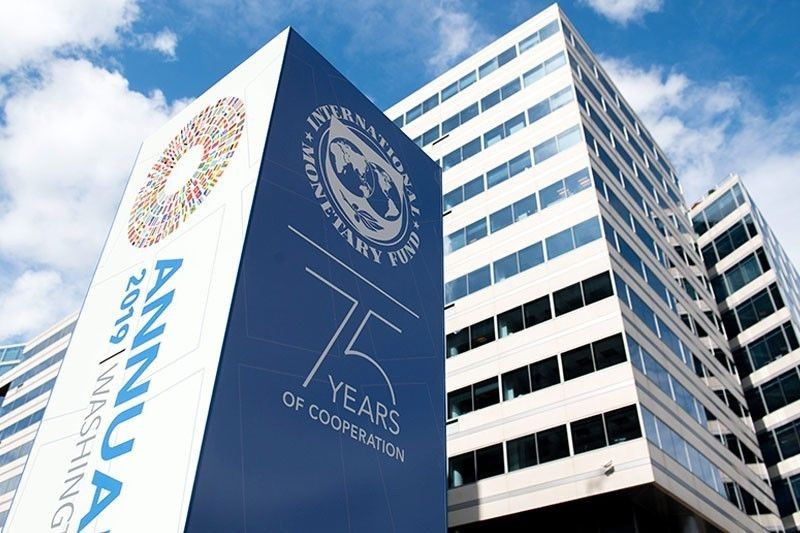'Great Lockdown' to cripple Philippine economy — IMF

MANILA, Philippines — “A crisis like no other” would sink the Philippine economy to its worst contraction in 35 years, a deeper fallout from the coronavirus pandemic that triggered the global “Great Lockdown” crippling economic activity, the International Monetary Fund (IMF) said Wednesday.
On an update to the agency’s World Economic Outlook last April, the Washington-based lender now sees gross domestic product (GDP) shrinking 3.6% in 2020, a turnaround from the 0.6% growth seen just two months ago.
When compared to the 6.3% growth forecast last December 2019, when the outbreak was not anticipated, the latest projection paints a greater deterioration for the local economy, which similar with the rest of the globe, has faced the tough balancing of public health and economic goals.
“It is mostly attributable to larger-than-expected supply disruptions related to COVID-19 and weaker demand in major trading partners,” said Yongzheng Yang, IMF representative to the Philippines, in an e-mail.
Compared with other multilateral institutions that also lowered their GDP outlook, IMF’s 2020 figure for the Philippines is better than the Asian Development Bank’s 3.8% slump, but more pessimistic than the World Bank’s 1.9% reduction.
The Duterte administration is resigned to a contraction this year, albeit much tempered at 2-3.4%. Regardless of which forecast is realized, the economy is poised for its worst performance since 1985 when GDP collapsed 6.5%.
The recovery next year would also be slower than expected. From 7.6% growth seen last April, the Philippines is now projected to grow 6.8% in 2021, below the government's 8-9% target. “We expect the resolution of COVID-19 to be more gradual, and hence the impact of the pandemic on economic growth to be larger and longer than previously anticipated,” Yang said.
Global phenomenon
To be fair, the bleaker outlook for the Philippines reflects a global phenomenon. On average, the global economy is likely to shrink 4.9% this year, worse than the 3% forecast last April as an intensified pandemic “necessitated stringent lockdowns resulting in even larger disruptions to activity.”
Emerging economies would contract 3%, while the smaller group of five Southeast Asian economies known as Asean-5— of which Philippines is included— would see GDP slip 2%, figures showed.
“In countries with high shares of informal employment, lockdowns have led to joblessness and abrupt income losses for many of those workers (often where migrants work far from home, separated from support networks),” the lender said.
Movement restrictions used to counter the virus spread were so stringent that consumers were left with no safety net. Firms, faced with “precipitous demand declines,” also pulled back investment plans.
With growth essentially scratched off this year, IMF said more people would be thrown back to poverty. “In countries with high shares of informal employment, lockdowns have led to joblessness and abrupt income losses for many of those workers (often where migrants work far from home, separated from support networks),” the lender said.
Vaccine an economic booster
The IMF, on its report, however made clear that forecasts are not set in stone, while drawing up two scenarios that underscored the “considerable uncertainty” surrounding the pandemic.
One scenario depicted a “second global COVID-19 outbreak” in 2021 that would essentially delay recovery to 2022, while another was more optimistic of a faster rebound.
“Medical breakthroughs with therapeutics and changes in social distancing behavior might allow healthcare systems to cope better without requiring extended, stringent lockdowns. Vaccine trials are also proceeding at a rapid pace,” IMF said.
“Development of a safe, effective vaccine would lift sentiment and could improve growth outcomes in 2021, even if vaccine production is not scaled up fast enough to deliver herd immunity by end of 2021,” it added.
- Latest
- Trending































